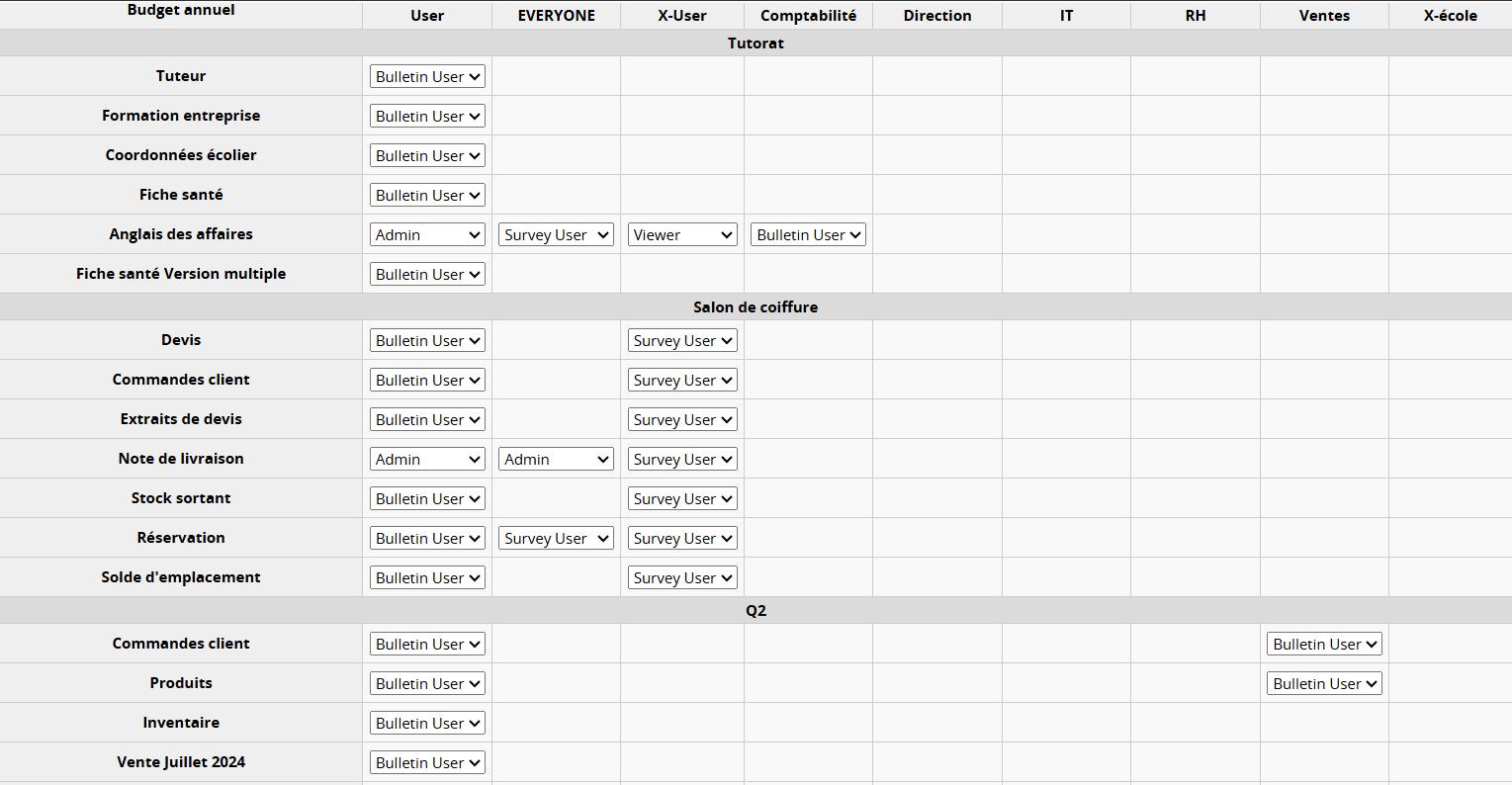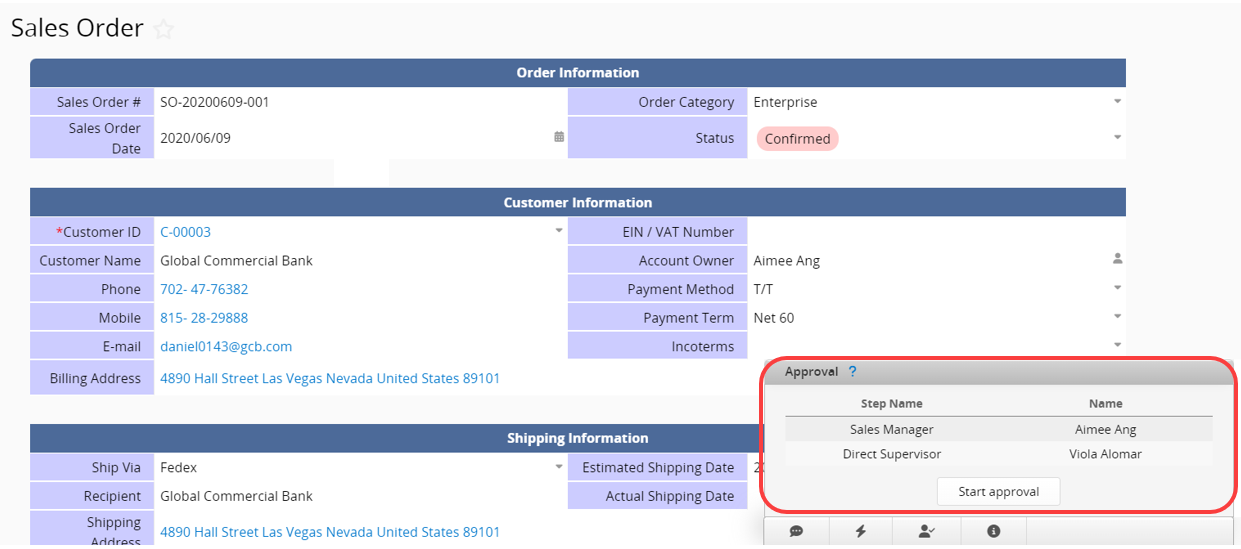How Ragic Became IGM Resins’ Swiss Army Knife for Global Collaboration and Process Innovation

| Company Name | IGM Resins |
| Industry | Manufacturer of energy curing material for industrial applications |
| Benefits of Implementation | |
| Applications | Product and certification management database, data-sharing platform, experimentation environment supporting the development of dedicated internal solutions |
| Subscription Plan | Concurrent Users |
| Scale of Use | 10 concurrent users, 48 internal users |
- Morgan Garinet, Senior Marketing Specialist, IGM Resins
IGM Resins, Leading Global Provider in Energy Curing Material
Founded as a chemical trading company in 1999, IGM Resins has since grown into a multinational organization with up to 1,000 employees across sites in North and South America, Europe, and Asia. Today, the company is one of the world leaders in the UV/EB industry, particularly in energy curing raw materials, and combines R&D, manufacturing, and distribution sites around the globe.
The product range in which the company excels the most, to the point of having become the world’s leading producer, is photoinitiators. These products, which are components of varnishes, enable ink to dry upon exposure to light. As Morgan Garinet points out, “there are varnishes pretty much everywhere you find color. When you print something, you add a varnish layer on top to protect the ink.” He thus refers not only to the most familiar ones, such as nail varnishes that dry under UV lamps or those used in dental procedures, but also to other common industrial applications, for example, those combined with printing inks during banknote production. Indeed, the addition of photoinitiators makes it possible to dry the ink in a fraction of a second, thereby significantly speeding up production, since there is no longer any need for heat-based drying or simply waiting for the ink to dry before folding, cutting, stacking, and packaging the future banknotes. Another common example of application is packaging, where protective varnishes are often applied to prevent the ink underneath from being altered when the packaging is handled or encounters water.

With such a technically advanced and product-focused environment, IGM Resins relies on specialized expertise at every level. Our interviewee, Morgan Garinet, now Senior Marketing and Communications Specialist, brings a unique perspective to the team. Originally trained as a chemist, he began his career as a technician specializing in UV ink curing before his lab was acquired by IGM Resins about ten years ago. This transition into marketing and communications made perfect sense, given the highly technical nature of IGM Resins’ products and the deep chemical knowledge of its clients. Morgan’s combined technical and marketing expertise allows him to effectively bridge the gap between complex products and their practical applications.
From the Chaos of Shared Files to an Efficient Collaborative Database
Today, IGM Resins operates with in-house–developed ERP and CRM systems built on SAP, alongside Ragic. But when Morgan first stepped into his role, it was still common for teams to rely on Excel to share product data internally. As the company rapidly grew, the limitations of those tools became increasingly obvious. Morgan recalls: “Before, we had a single Excel file with the list of products, their status, and some basic information. That file was shared as an email attachment, edited, and sent back and forth constantly, and everyone ended up with slightly different versions.” Switching to the cloud version of Excel didn’t solve the problem either: “When too many people were online in the same Excel file, it created a lot of errors. If three or four people were adding rows at the same time, we’d lose huge amounts of data.”
This synchronization issue was soon compounded by access control challenges. As the workforce grew, ensuring strict confidentiality for sensitive data became crucial. But managing access rights in spreadsheets quickly turned messy: “Some people were blocked from accessing the file, others could edit it, but not in the right way. It just wasn’t practical.” The view and filter management features in Excel also failed to offer a flexible enough solution. On top of that, as IGM Resins continued to reorganize internally, different employees successively became the owners of the product file, creating even more confusion and complexity. As Morgan puts it, “that file became impossible to share and impossible to secure.” It was clear that a proper database solution was needed to manage product information more effectively.
Listening closely to the product managers’ needs, Morgan tested various software options to find the right fit. He tried several well-known platforms like Airtable and Coda, but he was not convinced either by the interface or by the difficulties encountered in ensuring a level of data confidentiality that was both effective and flexible enough to allow sharing among a large number of collaborators. Morgan evaluated different platforms by testing them hands-on, prioritizing tools that were intuitive and easy to use. Ragic proved to be straightforward from the start, allowing him to set up fields, links, and workflows without difficulty : “When I need to select a tool, I test all of them and try to create something inside to see if it’s intuitive, if the learning is not too demanding to achieve a result. And it’s true that if it’s too complex, if I don’t understand it from the start, I give up quite quickly because I know it’s going to be complicated in the future. Here, I started by creating fields in the form page using drag and drop and it was quite easy (…) It can seem very technical when you get into page creation with a lot of modules on the left in the layout and a lot of information, but everything is available in very few clicks. It’s either in the left panel or in the dropdown menu at the top with the options. And there’s no need to dig deep into settings to find the information. So I think that’s a big advantage: everything is very quickly and easily accessible.” In fact, having created only two support tickets in five years of use, Morgan is an autonomous user for whom getting started with Ragic was not a problem. For this, he relied on tutorials and learning resources available online, which he describes as “quite intuitive.” They allowed him to easily understand how to “create fields, define formats, create links between databases, which is already 80% of what you expect from a database. After that, for validation processes, it was also quite intuitive.”
The management of access rights, as well as view-based filtering, made it possible to meet the need for sufficient flexibility to easily share the product file among members of different teams while ensuring a high degree of confidentiality for sensitive data. Equally important, sharing between teams located on several continents remained smooth, demonstrating Ragic’s stability. As Morgan points out, “what is a big advantage is that we’ve never had any access problems (…) it’s a very big advantage to have data that is available and stable, very, very stable even. I’ve never had to do any backup recovery with Ragic (…) [Data loss] is really the big fear when you have a database.” Ragic has thus proven to be reliable over the years, with the system never going offline and never causing any data loss. Another feature that appealed to them when testing the software was the easy access to the field history. Morgan recalls, “When setting up Ragic, I already mentioned the administrator rights, but tracking changes, knowing who changes what and when, is very important to us from a quality standpoint. It’s true that in an Excel spreadsheet, it’s quite complicated to extract. In Ragic, for each entry, for each field, we know who modified what at what time, who went from what to what.”

Access rights pannel from a Ragic database. There are five access levels with different viewing and editing permissions for each sheet.
Finally, the tiered pricing based on the number of users ended up convincing Morgan and his colleagues. The plan they chose is the Concurrent Users plan. It includes an unlimited number of internal users, with ten of them able to access the organization’s database account at the same time. This pricing model turned out to be advantageous because IGM Resins has a large number of users who only need occasional access to the database. Therefore, there are rarely more than ten people who need to access Ragic at the same time, since daily use mainly involves “consulting, a bit of writing, but there aren’t many users who enter information.” Given that IGM Resins’s database now includes 48 internal users, the Concurrent Users plan is far more advantageous than pricing based on the number of users (in other words, the number of emails) registered in the database.
Ragic, the Company’s Swiss Army Knife
Now the system administrator of the company’s Ragic database, Morgan was also responsible for its deployment within IGM Resins.
Rather than directly launching into building a complex system, Morgan first sought to meet a specific need related to product management. The addition of new modules was done progressively, as different departments contacted him to develop new processes in Ragic to meet their needs. This way of working fits perfectly with Ragic’s DNA. The flexibility and customizable nature of Ragic mean that it is not necessary to design a system with a high level of complexity from the outset that must meet all the company’s needs in one go. On the contrary, building a database progressively from a concrete need and installing one module after another makes it possible, on the one hand, to start without already having an excellent command of Ragic, while improving one of the organization’s business processes, and on the other hand, to learn by doing and gradually design increasingly complex database structures.
The first database developed in Ragic was dedicated to product management, particularly their development. Various workflows were gradually added, with the latest module focusing on a post-production stage: “We recently added, and it’s a slightly more advanced module, the certificates of analysis. After production, we measure certain values to ensure product quality and generate a report called a certificate of analysis. Now, we have a system where, in Asia, one person is authorized to enter the values, another validates them, and others print or export the certificates of analysis as PDFs. Previously, this was done in Word, and it has now been integrated into Ragic as a form.”The management of these certificates relies on two key Ragic features: data import and export (between Ragic and formats like Excel, Word, or PDF), and approval flow.

Approval flow pannel of a Ragic sheet. Approvers can validate the request from the database or directly from the email notification received when the request is submitted.
An Experimentation Environment for Internal Developments
While IGM Resins now uses Ragic across a wide range of processes, from production and management to sales and customer service, the company does not rely solely on this platform. It has also developed, in partnership with SAP, its own ERP and CRM tools. This development was not carried out in opposition to Ragic, nor with the goal of replacing it, but rather in full complementarity.
As a large company with complex business workflows, IGM Resins now operates its own CRM and ERP systems, particularly for client-facing applications. Ragic, however, plays a key complementary role, serving as a testing environment prior to internal solution development, saving both time and cost. This approach helps the company avoid investing in SAP modules that are lengthy to build and ultimately underused, while reducing back-and-forth with external developers. Today, although he remains responsible for the system, Morgan uses IGM Resins’ Ragic database less frequently. He no longer handles data entry himself; his main duties now involve adding users, managing access rights, and solving occasional design issues. As he explains, the Ragic system “runs on its own,” stable and requiring minimal intervention. For him, Ragic “is like our toolbox, it allows us to try things out and then decide whether they deserve to be integrated into dedicated solutions. It’s really a platform for testing and improving our processes. When you start using a system, your workflows naturally improve. Ragic helps us formalize, adjust, and streamline them. Before, we were working with Excel sheets and vague ideas about how to improve product launches. Using Ragic forces us to define fields for every idea, creating processes that are far clearer and more efficient.”
In conclusion, Ragic’s versatility allows it to serve multiple roles within IGM Resins’ business process management. Today, it functions simultaneously as a data-sharing platform, a testing environment for developing dedicated solutions, and a tool for reconfiguring the company’s workflows. This flexibility explains why Ragic remains a central tool despite the company’s evolving internal needs and the development of proprietary software. Its ability to adapt without requiring complex development makes it a sustainable solution. With Ragic, IGM Resins benefits from a continuous experimentation space, one that evolves at the same pace as the company’s ideas and ambitions.
Category: Case Studies > Manufacturing



